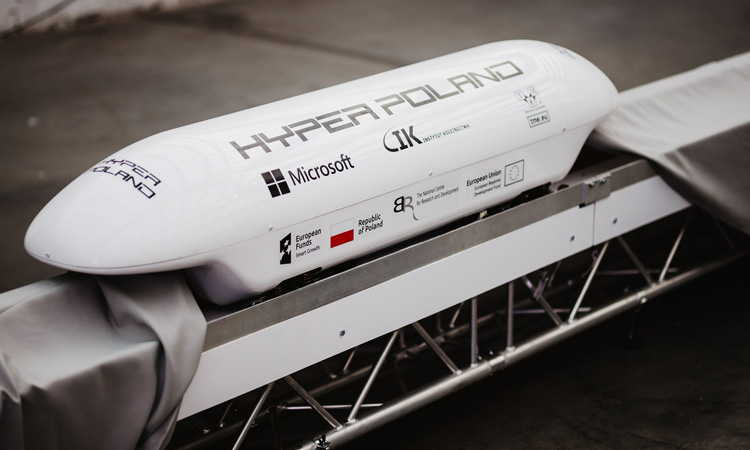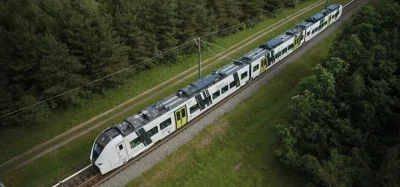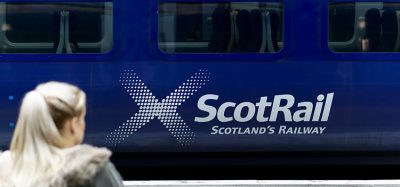Hyper Poland secures €500,000 to develop European magnetic rail system
Posted: 23 April 2020 | Global Railway Review | No comments yet
After surpassing the original target, Hyper Poland will now be able to further develop its European magnetic rail system solution.


By surpassing the original target of €451,500, Hyper Poland will now be able to further develop its unique magnetic rail (magrail) technology, providing a solution that makes it possible to adapt magnetic levitation infrastructure for implementation on existing railways.
Hyper Poland’s CEO, Przemysław Pączek, explained: “Thanks to this approach, the most innovative form of transport will not require huge investments in a whole new infrastructure.”
Kasia Foljanty, Chief Brand Officer at Hyper Poland, added: “Surpassing the initial plan of the campaign allows us to look into the future boldly. Because we have already seen a growing interest in our work by transportation market leaders from Germany, Italy, and Poland, we intend to extend our business activities.”
Hyper Poland has successfully developed its original approach to the hyperloop vacuum railways prospect. By dividing the process into three stages, the first pilot projects that will introduce passive magnetic levitation will be available within the next three years. Magnetic vehicles will reach the speed of 415kph on the existing, modernised infrastructure and will not eliminate regular train connections. The process of adjusting the existing infrastructure will require less funding than the construction of entirely new high-speed railway infrastructure.
Magrail is the first step. The second is hyperrail, which will require the construction of vacuum tunnels over magrail infrastructure, allowing vehicles to be able to travel at speeds up to 1000kph. Stage three is hyperloop, which is the most innovative, fastest, most energy-efficient and, subsequently, the ‘greenest’ form of transport. With hyperloop, the magnetic capsules will accelerate to 1200kph on entirely new infrastructure.
Hyperloop and other magnetic solutions are no longer a mystery to the international community. The European Union (EU) has recognised magnetic rail as a cause worth supporting as a new direction of transportation development. With this in mind, member states have founded a Joint Technical Committee (JTC 20) with the goal to create a homogenous system of ultra-high-speed transportation across the continent.
JTC 20 was formed as a result of the involvement of companies developing magnetic and vacuum railways technology. Apart from Hyper Poland, these include Hardt Hyperloop (the Netherlands), TransPod (Canada, with offices in Italy and France) and Zeleros Hyperloop (Spain).
Michał Litwin, Strategy Director at Hyper Poland, said: “Establishing the committee clearly shows that the EU member states recognise magrail and hyperloop as a future means of transport. Common standards will help apply them and reach full compatibility of the system throughout the whole continent. They also strengthen the credibility of those solutions in the eyes of their future users and investors. We already see a growing interest from railway and airline giants from all over the world. With JTC 20, we have an opportunity to build the first fully homogeneous transportation system in Europe.”
Global Railway Review Autumn/ Winter Issue 2025
Welcome to 2025’s Autumn/ Winter issue of Global Railway Review!
The dynamism of our sector has never been more apparent, driven by technological leaps, evolving societal demands, and an urgent global imperative for sustainable solutions.
>>> Read the issue in full now! <<<
Related topics
Funding & Finance, High-Speed Rail, Hyperloop Technology, Infrastructure Developments, Technology & Software, Track Construction, Track Systems







